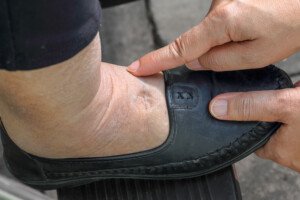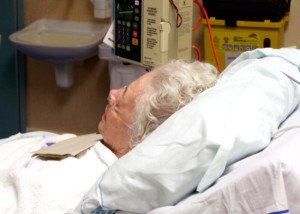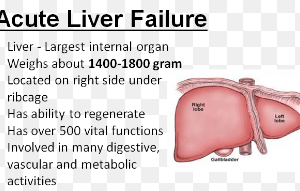
How long you can survive, once being diagnosed with a very low ejection fraction, depends quite a bit on what you intend on doing about this common affliction.
A very low ejection fraction may be caused by an acute event (namely a heart attack) or by a chronic situation (“congestive” or chronic heart failure).
Chronic heart failure is extremely common, and its chief causes are coronary artery disease, high blood pressure, a sedentary lifestyle, obesity, smoking and untreated sleep apnea.
Suppose you are diagnosed (via echocardiography) with a very low ejection fraction: under 35 percent.
This number is not absolute, in that other factors need to be considered, such as how much blood fills the chamber before the cardiac muscle contracts to pump out blood.
At any rate, the general rule is that survival time once a person is diagnosed with a very low ejection fraction is poor.
However, there is variability, depending on treatments and the patient’s unique medical profile.
For example, in those also with severe coronary artery disease, “Survival improves significantly after a heart bypass in such patients,” says Waqar Khan, MD, who’s been providing state-of-the-art cardiology services to the Houston area for over 20 years, and is author of “Be Heart Smart: Understand, Treat, and Prevent Coronary Heart Disease.”
Most heart failure patients are placed on medications that increase survival, says Dr. Khan.
“Such medications ensure that these patients do not develop life threatening rhythm disorders.”
Diuretics and Hypertension Drugs
Dr. Khan says, “Medications are given to them to get rid of excessive fluid and improve contractility of the heart.”
These would be diuretics and high blood pressure drugs, respectively.
In the so-called congestive heart failure (which causes low ejection fraction), excess fluid is retained, usually in the legs/feet — and causes a “pitting” when the skin is pressed by a finger, as shown below.

Shutterstock/Toa55
But it can also affect the lungs or the area around the heart. If it’s in the thoracic cavity somewhere, this fluid will strain the heart.
If this is not treated with a diuretic such as Lasix, this strain can certainly impact survival.
A drug for hypertension, such as metoprolol, is often given to heart failure patients to help improve the heart’s pumping action.
This improvement, though, doesn’t always occur, but the drug helps control high blood pressure, which can worsen heart failure.
Defibrillator
Sometimes “these patients receive defibrillators — which is a device like a pacemaker, which has the ability to shock the heart in the event a patient with low ejection fraction develop a life threatening rhythm disorder,” says Dr. Khan.
Have you just learned your ejection fraction is very low?
“I would suggest that a patient with low EF must discuss his condition in detail with his or her cardiologist regarding different options available to treat their condition which would increase their survival,” says Dr. Khan.

Waqar Khan, MD, has a private practice and serves as an affiliate faculty member at Baylor College of Medicine in Houston, TX. Amazon.com/Be-Heart-Smart-Understand-Coronary/dp/1732268606
 Lorra Garrick has been covering medical, fitness and cybersecurity topics for many years, having written thousands of articles for print magazines and websites, including as a ghostwriter. She’s also a former ACE-certified personal trainer.
Lorra Garrick has been covering medical, fitness and cybersecurity topics for many years, having written thousands of articles for print magazines and websites, including as a ghostwriter. She’s also a former ACE-certified personal trainer.
.


























